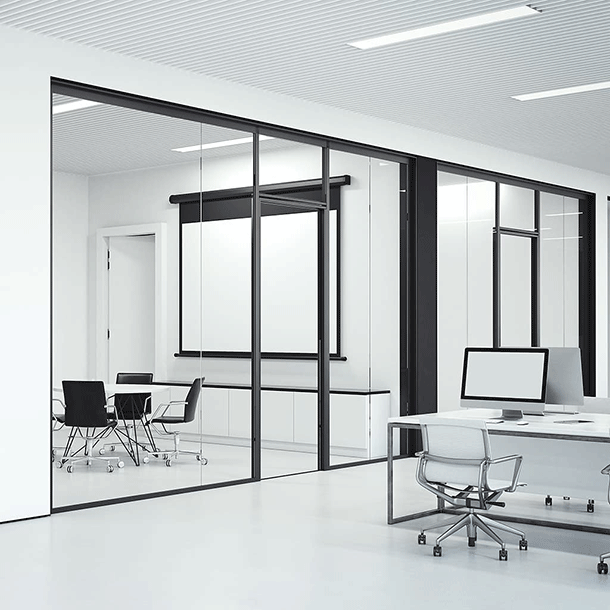When organizations strategically utilize space, improve productivity, ensure cost-effectiveness, and prioritize asset management, they can encourage work environments that promote collaboration and innovation. Here, we will explore effective strategies for designing conducive environments that promote teamwork and creativity. We will address important aspects, including managing offices and facilities, optimizing workplaces, utilizing space effectively, enhancing productivity, achieving cost efficiency, managing assets, planning maintenance, prioritizing safety and security, and implementing sustainability initiatives. Also, we will explore the significance of employing sound masking systems to improve workplace productivity and ensure well-being.

The Value of Collaborative Work Environments
Collaborative work environments are essential for guiding innovation, productivity, and employee engagement. Efficient office management contributes to the overall success of collaborative workspaces by creating an environment that supports teamwork and facilitates the exchange of ideas. Let's delve into design strategies that align with these management principles.
Office and Facility Management for Space Utilization
Effective office and facility management focuses on optimizing space utilization. By analyzing workspace requirements, organizations can ensure that areas are allocated appropriately to accommodate collaborative work. This includes designing open office concepts, breakout spaces, and flexible furniture arrangements to maximize collaboration opportunities. Efficient space utilization is crucial for achieving cost efficiency and accommodating growth while maintaining a productive work environment.

Photo credits: Cearspace and Financeit
Increase Productivity through Office Management
Office management practices that boost productivity include providing employees with ergonomic furniture, access to natural light, and well-designed workstations. Ergonomically designed workspaces reduce strain and fatigue, leading to improved focus and efficiency. Furthermore, a well-designed office layout considers workflow patterns, minimizing distractions and promoting effective communication among team members.
Asset Management and Maintenance Planning
Effective asset management ensures that resources, such as furniture, equipment, and technology, are maintained properly. Regular maintenance planning and inspections help prevent equipment failure and downtime, ensuring a smooth workflow. Proper asset management also includes tracking and optimizing resource allocation, minimizing waste, and promoting sustainability initiatives.
Safety, Security, and Sustainability Initiatives
By integrating sustainable initiatives like energy-efficient lighting, waste management practices, noise control systems, and the use of environmentally friendly materials, organizations can create workspaces that foster employee well-being, while also promoting a sustainable and eco-conscious environment.

The Role of Sound Masking in Office Management
Sound masking systems play an essential role in office management by effectively enhancing productivity and maintaining privacy. Unlike simple white noise generators, sound masking involves the introduction of carefully calibrated ambient background noise that is specifically designed to reduce distractions and enhance speech privacy in open office environments.
Studies have shown that the optimal decibel level for working in an office is around 40 to 50 decibels (dB). However, ambient noise in most offices often exceeds this range, leading to decreased concentration and productivity. Sound masking systems address this issue by creating a consistent background noise at a low volume, typically within the range of 42 to 48 dB, which helps mask distracting sounds and conversations.
One important distinction between sound masking and regular white noise is that sound masking is specifically engineered to match the frequency spectrum of human speech. This makes it more effective in reducing the intelligibility of conversations and preventing others from overhearing sensitive or confidential information.

To ensure optimal performance, it is crucial to have a sound masking system that adapts to varying levels of ambient noise. Modern sound masking systems incorporate intelligent sensors that monitor the noise levels in real time. These sensors detect fluctuations and adjust the volume of the masking noise accordingly, ensuring a consistent and comfortable sound environment throughout the day.
According to industry experts, implementing sound masking systems in office environments can lead to a significant increase in productivity. Also, studies have reported up to a 49% reduction in distractions, a 51% improvement in employee focus, and a 27% increase in overall workplace satisfaction when sound masking is implemented effectively.
Organizations may create effective collaborative workspaces, enhance employee well-being, and support the overall growth and sustainability of the organization by implementing these design tactics and management ideas.



